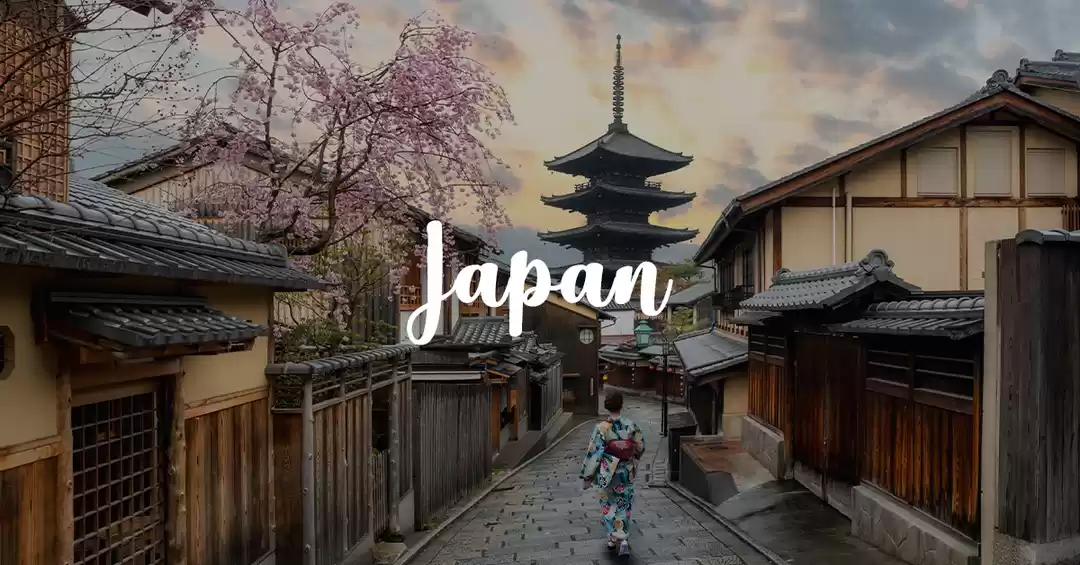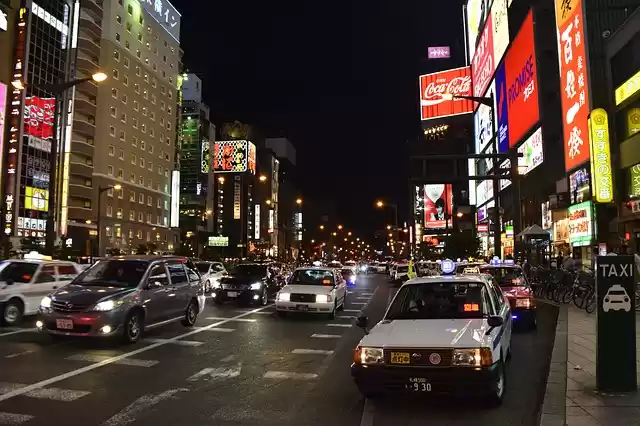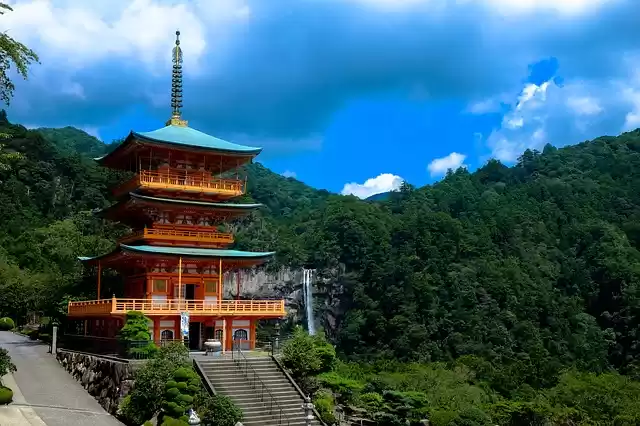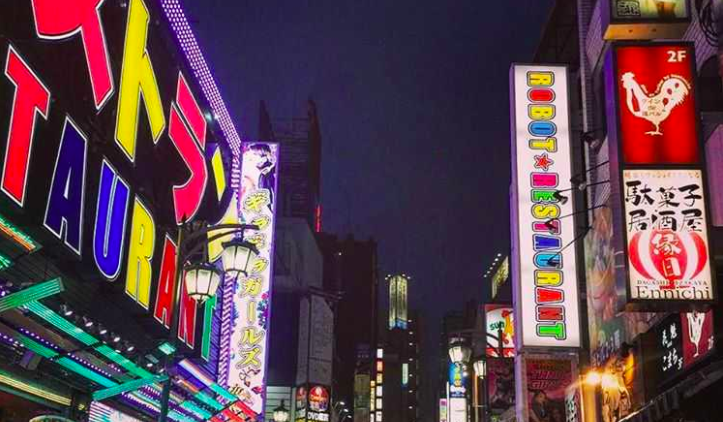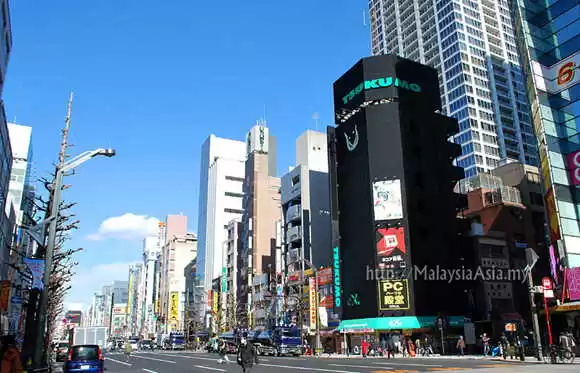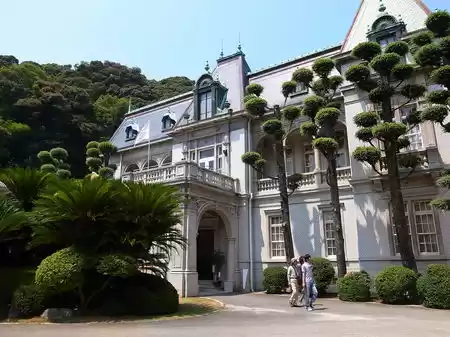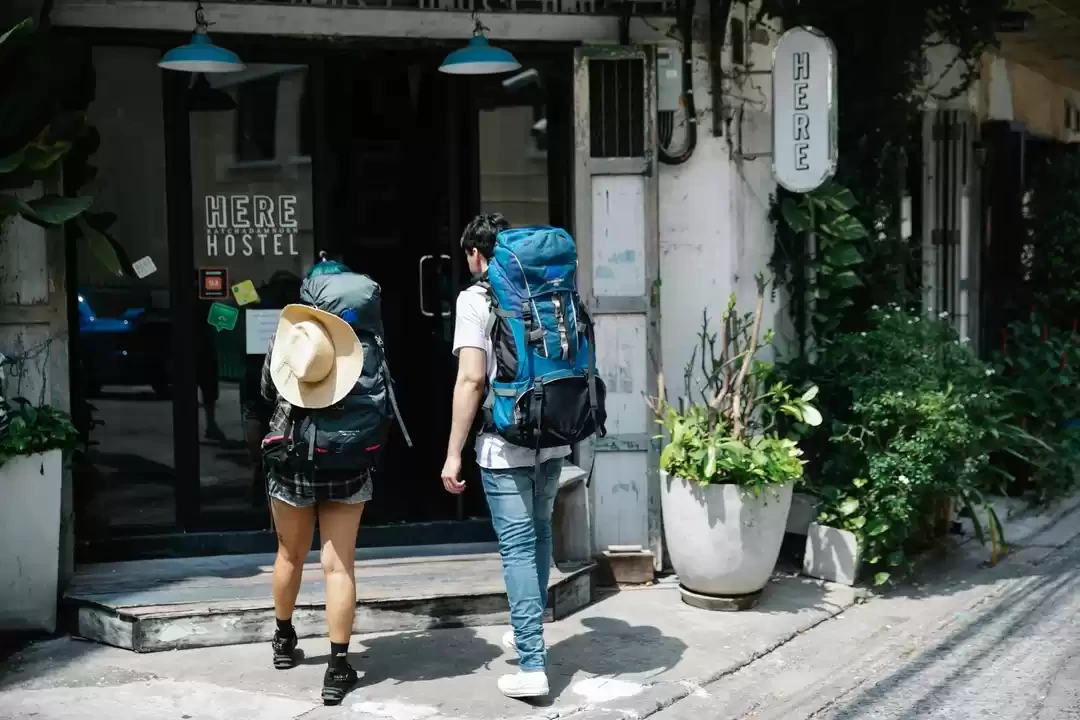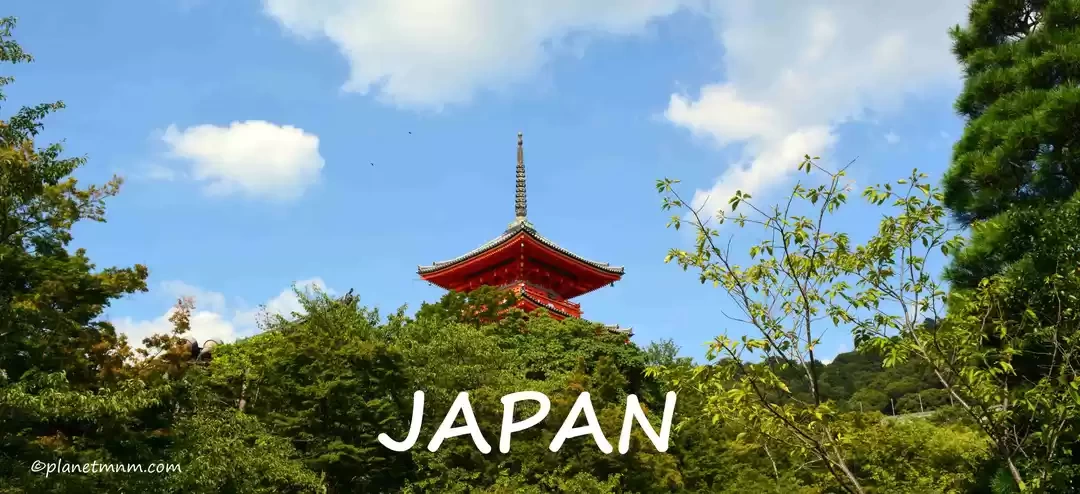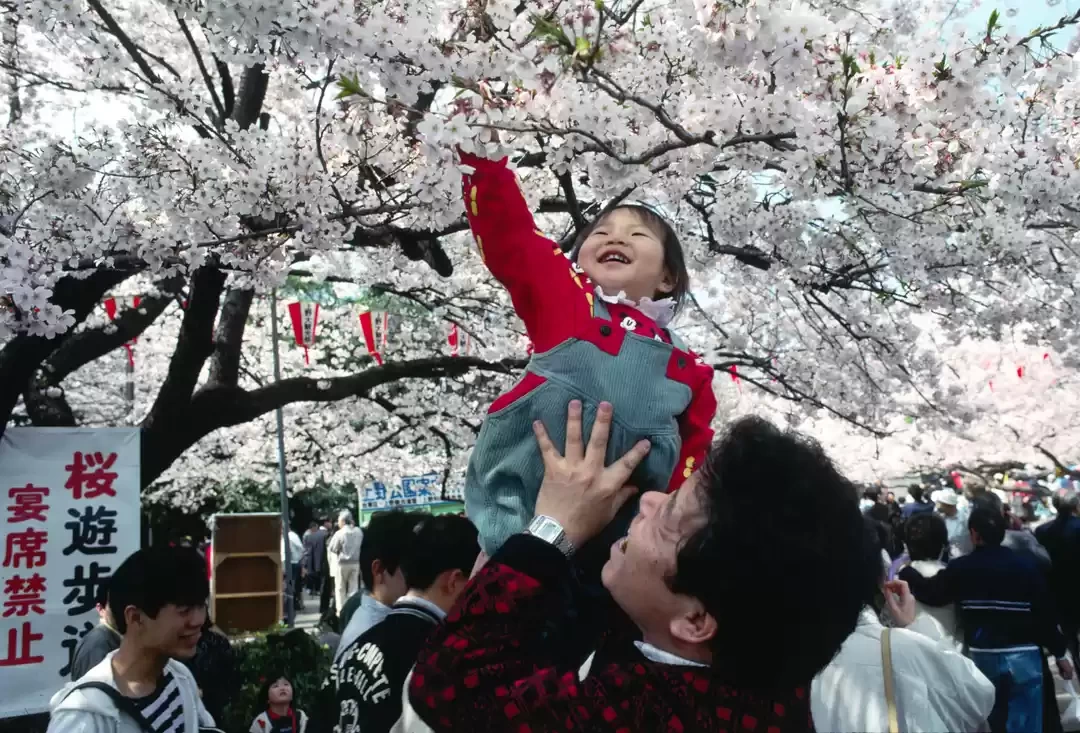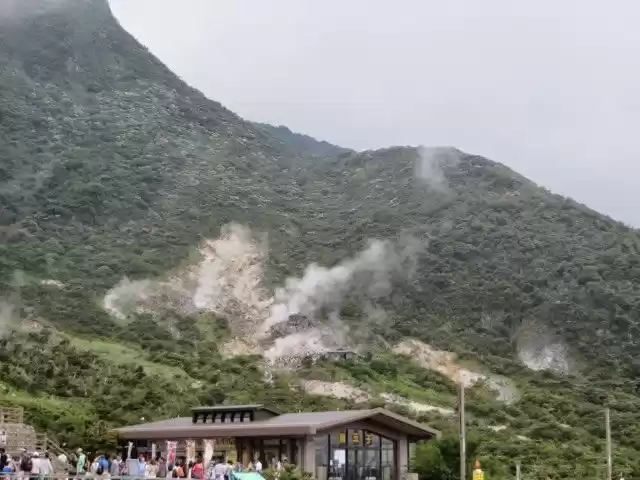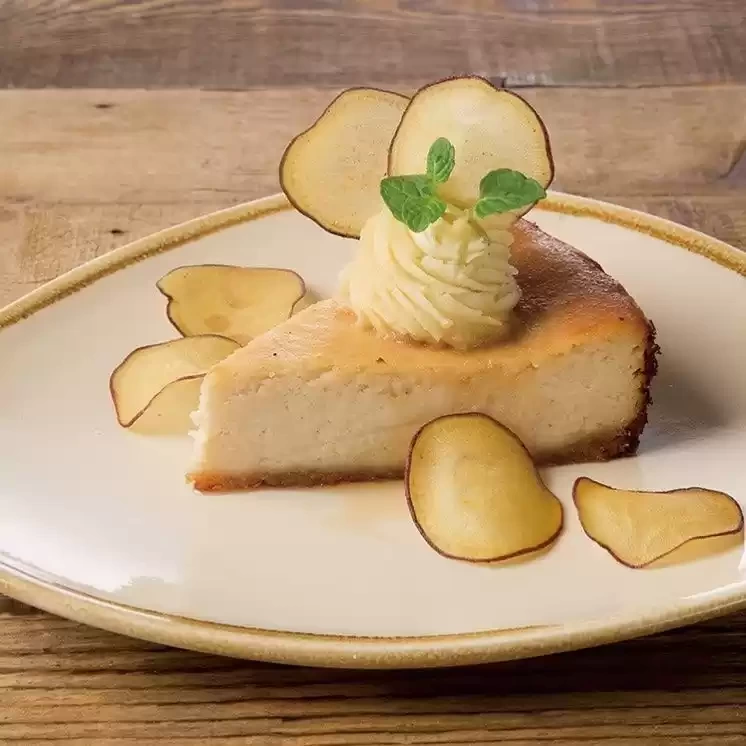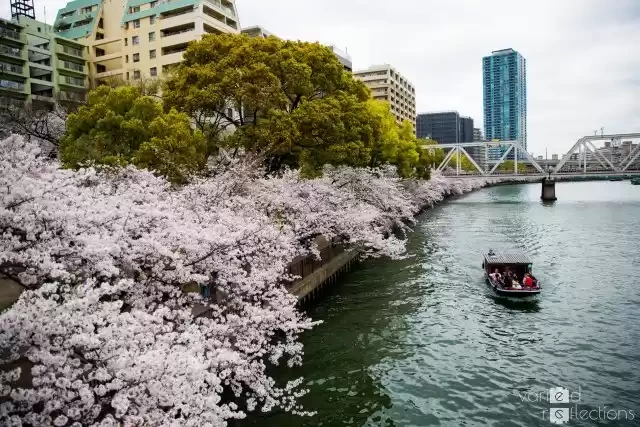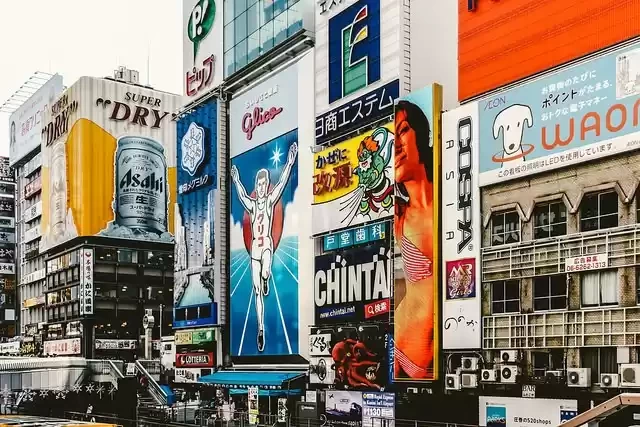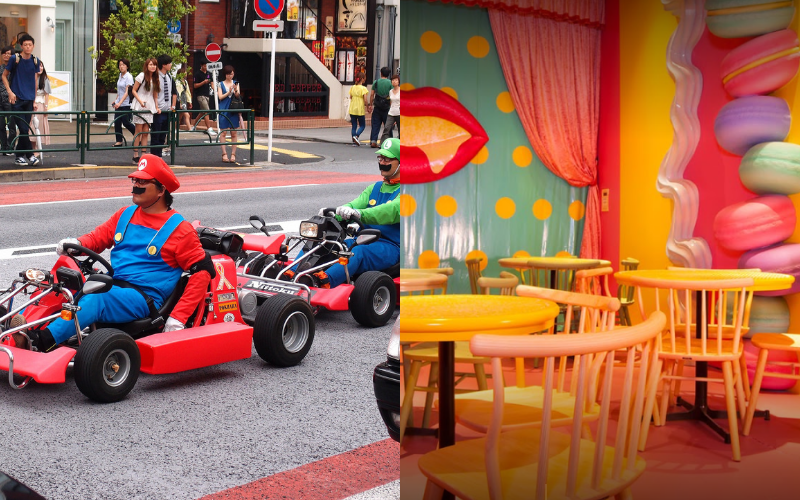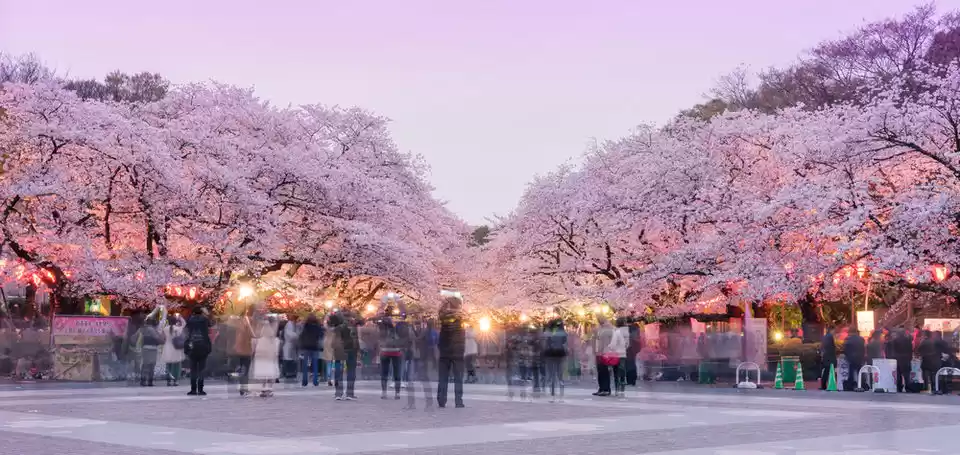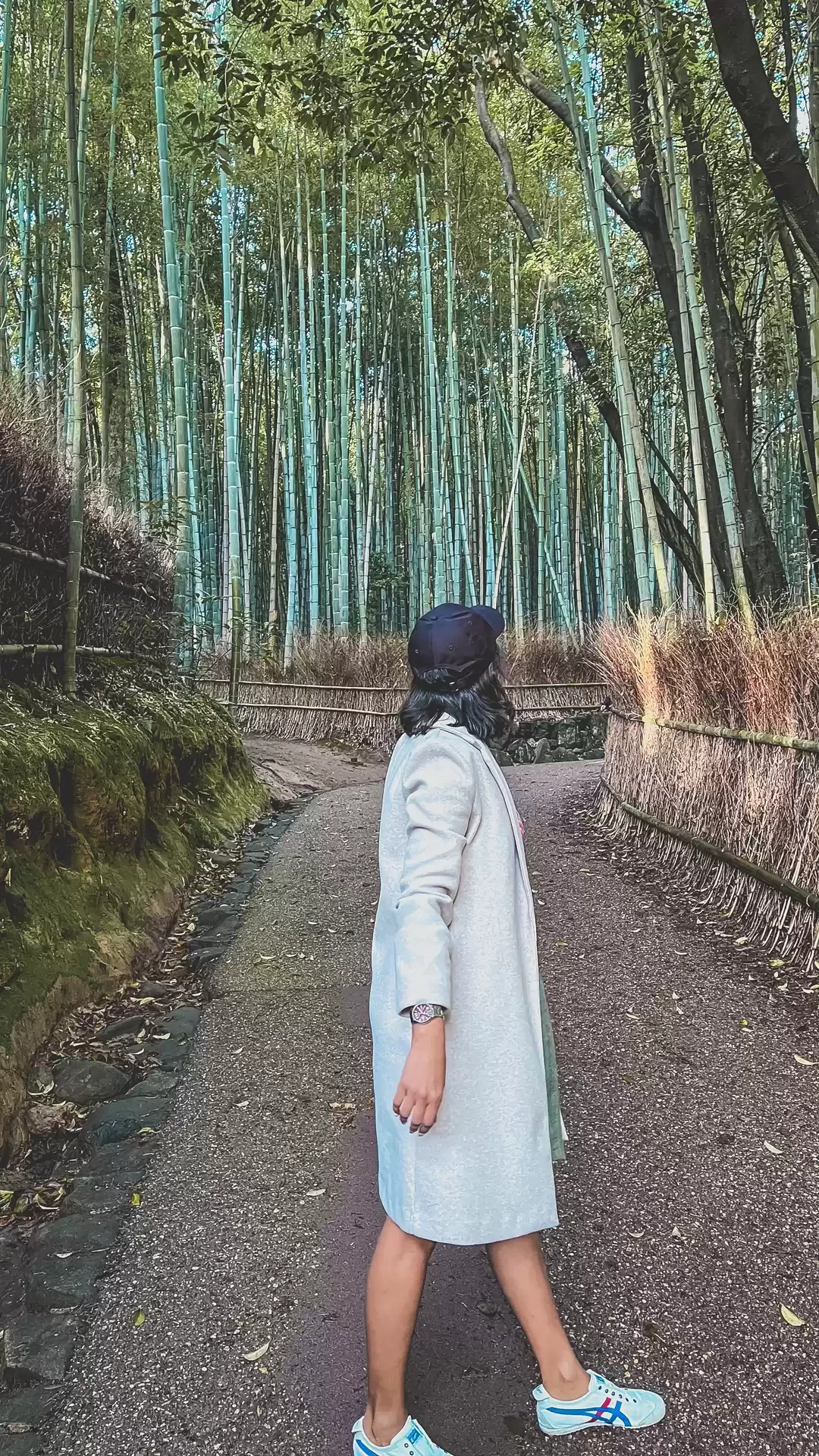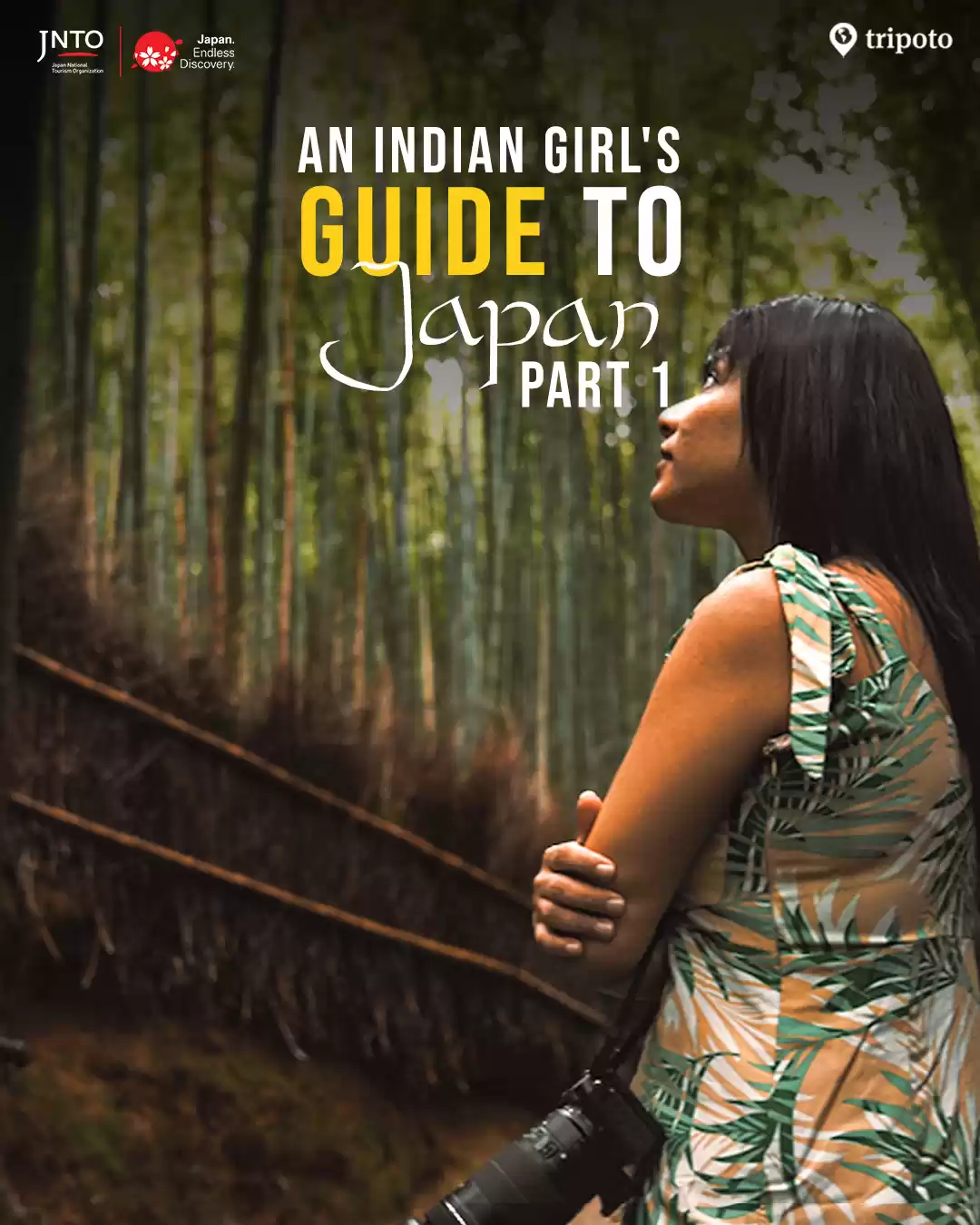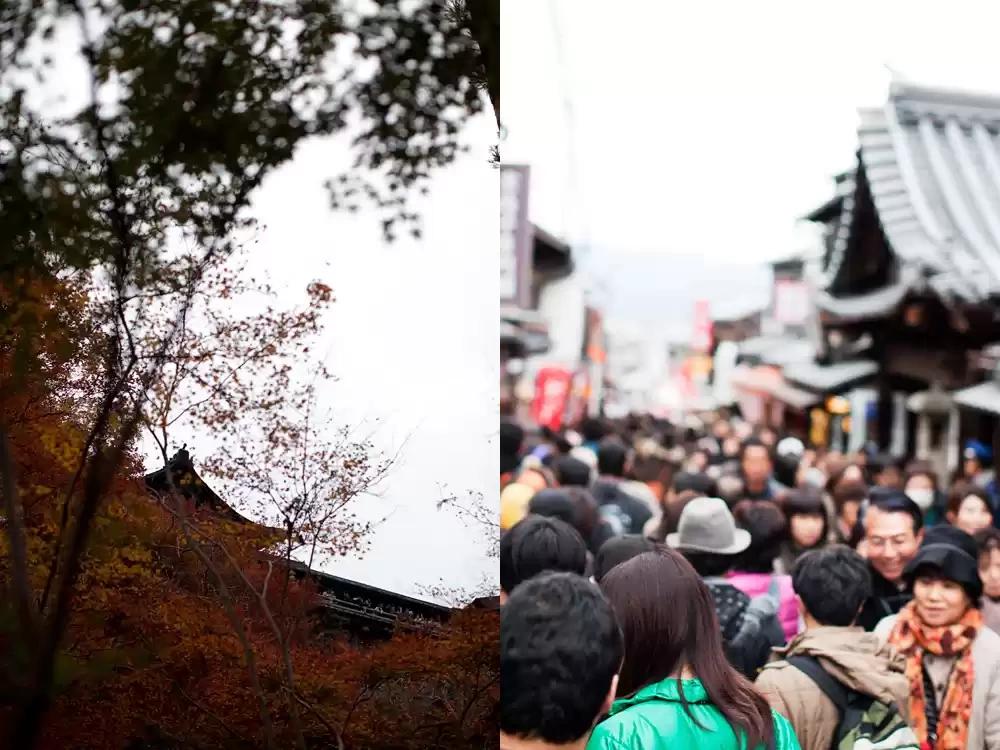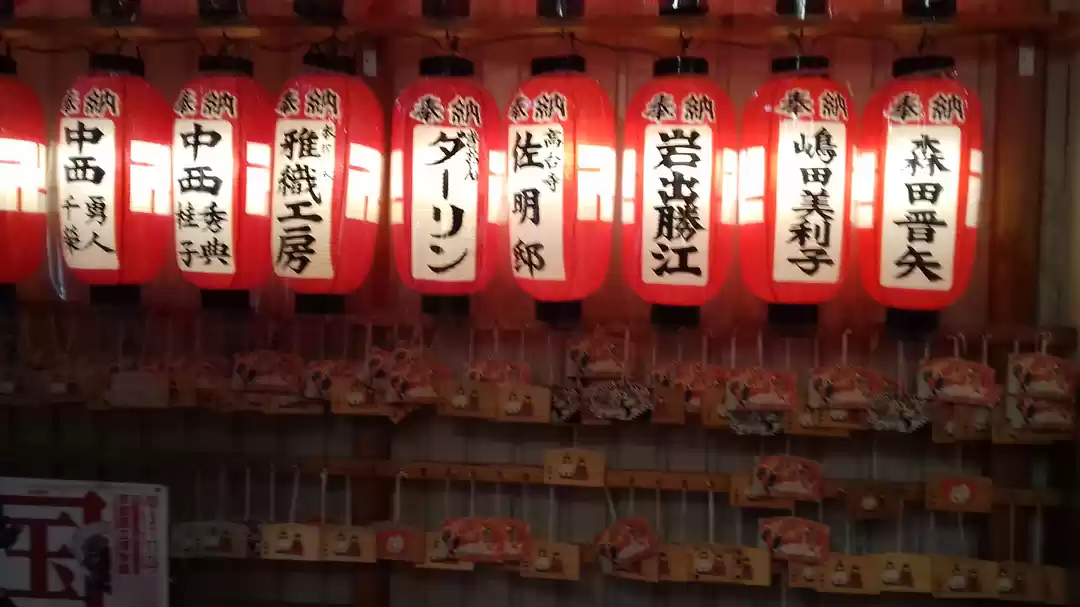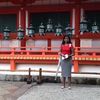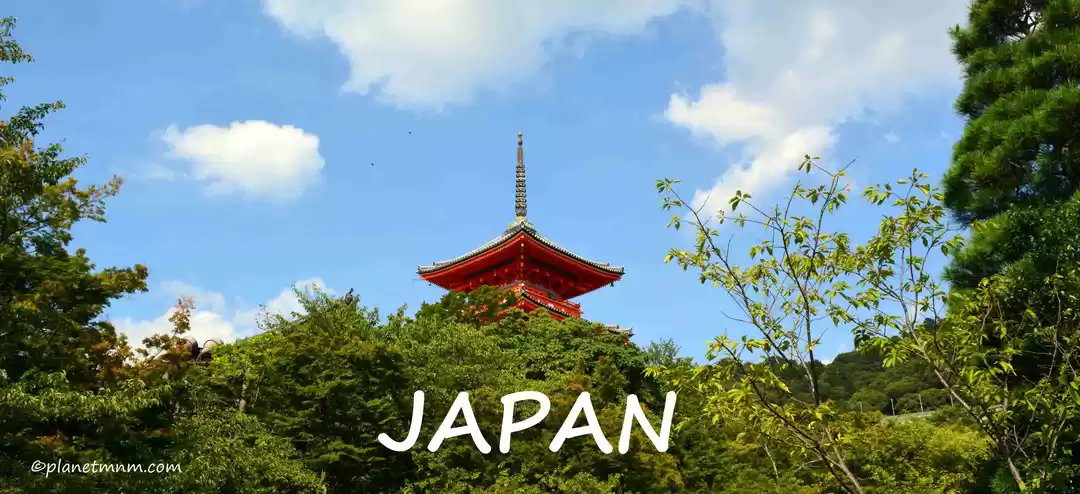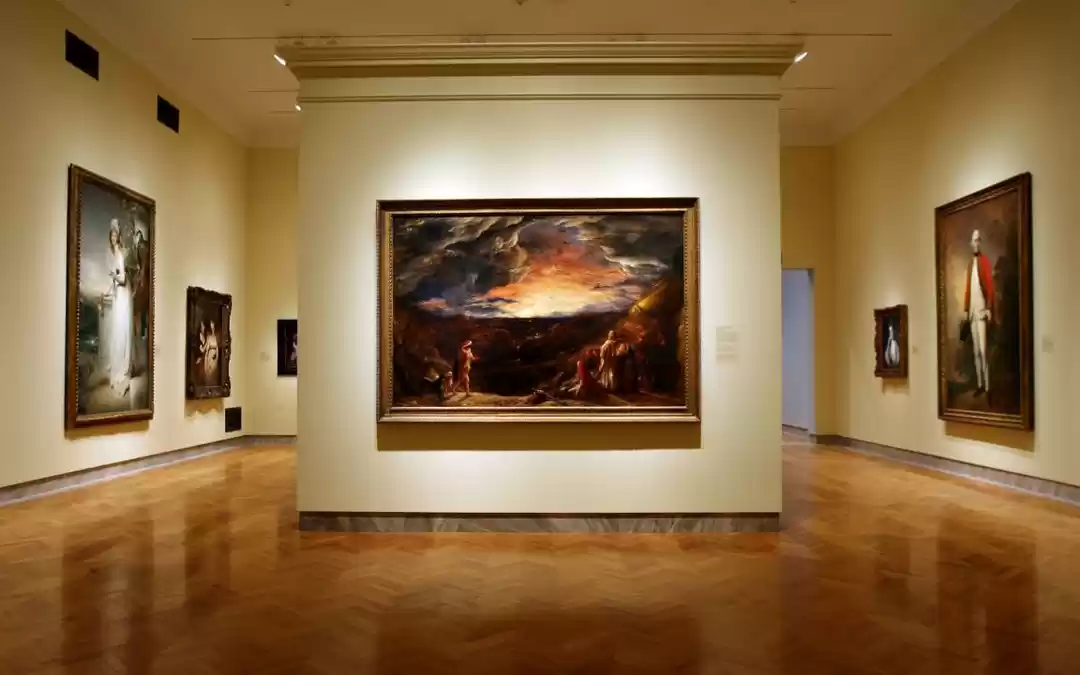Japan Tourism and Travel Guide
Explore Japan Tour Packages
All You Need To Know About Travelling to Japan
Your Ultimate Food Guide For Japan
When in Japan: Don't Miss These Unique Travel Experiences
Check Out These Super Fun Japan Itineraries
Watch These Amazing Videos Before Your Plan Your Trip to Japan
Post About Your Japan Trip & Make it to Editor's Picks
Best Time To Visit Japan
One of the best and most convenient things about Japan tourism is that you can visit anytime. The fact that it is one of the most beautiful year-around destinations has given an opportunity to all kinds of travellers to explore Japan tourism. However, just like any other place, Japan has a peak season and a comparatively offseason.
March to April and October to November are the most popular months for travellers. Owing to pleasant weather and fewer crowds, Japan tourism is more welcoming, easier to explore and a delight for nature lovers. The ‘golden week’ takes places between April 29 and May 5 annually. This is when five national holidays fall in the same week. This is an exceptionally crowded time in the country since most locals choose to travel and Japanese from around the world are visiting home.
If you’d like to plan your trip during the golden week owing to the glorious cherry blossom season, we suggest planning ahead. Without thorough planning, exploring Japan tourism during spring will be extremely expensive.
Another thing one should remember about Japan is that the temperature differs depending on where you are. It could be an extremely sunny day on the coast but a rainy, chilly day in the mountains. It’s important to plan your itinerary according to the season as well as your travel preference.
We suggest avoiding the months between May and October owing to the typhoon season. The majority of typhoons occur in August and September. While locals might be prepared for this, it might be baffling for travellers exploring Japan tourism.
Visa Information For Japan
Planning for international destinations is not an easy task if you aren’t organised. From itineraries, packing lists, hotel reservations to visa formalities – one needs to have everything in place, atleast 10 days before travelling.
If you are an Indian resident and would like to explore Japan tourism, getting a visa is a hassle-free process. There are two ways to apply for a visa to explore Japan tourism. You can either download the form from a valid website or head to the official embassy and find the relevant form at the office. There are two kinds of visas that are applicable in Japan – short term visa and long term.
The short term visa is for a period of 90 days and is ideal for travellers who would like to explore Japan tourism. Long term visas are valid for those who’d like to stay beyond 90 days and work in the country.
Here is a visa checklist of things you will need if you are planning to explore Japan tourism.
- A passport with validity for at least 6 months from the date of your arrival in Japan. Minimum of 2 blank pages in it
- A duplicate of the first and the last page of your passport
- Confirmed return flight tickets for Japan
- Duly filled and signed visa application form
- A cover letter explaining the purpose of travel and a daily itinerary of your stay with information about your airfare, accommodations and booking details or an invitation letter by the concerned individual
- A passport size photograph that is not more than 6 months old and is 2 x 2 inches.
- An original copy of recent bank statements for the last 3 months.
- Latest ITR
- Certificate of employment from the employer or a NOC or proof of leave sanctioned if you are a working professional.
- If you are a student then a parent consent form, a copy of the parent’s bank’s statement for the last three months, the latest income tax certificate of your parents
- If you are a dependent then a spouse’s consent form, the last three months bank statement for the spouse, and a recent ITR copy
- If you are travelling with a dependent, then Proof of Relationship is needed. It can be a Marriage Certificate or Birth Certificate.
Top Attractions In Japan
Tokyo
There is simply so much to say about the busy capital city of Japan that one is often grappling for the starting point. The melting pot of everything that Japan tourism represents, Tokyo is modern, technologically advanced, one of the best cities in the world and at the same time offers travellers an intriguing peek into Japan’s traditions and culture.
We can promise you that everyday in Tokyo is different. Dotted with skyscrapers, small roads covered with dainty trees, shrines that date back a century – Tokyo is the star in Japan tourism. We strongly urge you to conduct thorough research if you are planning to explore Japan tourism since there is too much to see. Your itinerary shouldn’t be crowded but should give you the opportunity to enjoy everything that Japan tourism offers.
It’s best to plan your tour of Japan tourism from Tokyo since the city is the central point of this busy country. There are many places and activities that can find a place in your Japan tourism itinerary but we urge you to be selective. Depending on your likes and travel styles, you can manage to prepare a Japan tourism itinerary that is interesting and offers everything from adventure, romance to culture and spirituality.
Some of the most popular attractions that are part of Japan tourism are Tokyo tower, Harajuku and Shibuya that are a haven for shopping enthusiasts, the gorgeous Meiji and Sensoji Shrines, Kabukicho for an enthralling evening out and Akihabara. Akihabara deserves special mention owing to its popularity as an anime, gaming and electronics hub.
If you are travelling with little ones, we highly recommend visiting Tokyo DisneySea. Counted among the most visited and sophisticated amusement parks in the world, the Tokyo DisneySea can easily take an entire day to explore. If this is part of your Japan tourism itinerary, we suggest not putting any more Japan tourist attractions on the list.
Another feature that puts Tokyo on the global map is its culinary offerings. From world-famous Japanese dishes to the easily available ramen bowls, the food in Tokyo is some of the best in the world. We suggest scheduling a walking tour in Tokyo to explore the local food or enrol in a cooking class. The cooking class not only gives you an opportunity to interact with locals but offers an experience that is unforgettable.
Kyoto
Many travellers claim that if you had time to visit only one city while exploring Japan tourism, it should be Kyoto. Japan’s cultural gem, Kyoto is where you catch a glimpse of elegant geishas in vibrant kimonos and quaint wooden tea houses.
Ideal for history lovers, photographers and those who enjoy culture, Kyoto offers a traditional Japanese experience. We suggest spending at least two to three days in Kyoto since there are quite a few places that can be added to your Japan tourism itinerary.
We also suggest choosing a hotel away from downtown and towards the mountains. This is where you will be able to experience the bygone era. Complete with Zen gardens, old wooden houses, the soft melodies of chants and the golden-hued temples, this district of Kyoto is where you will be spending most of your time.
In Kyoto, we suggest heading to Gion, Higashiyama and Arashiyama. Arashiyama is among the most traditional neighbourhoods and is a wonderful introduction to Japanese culture and traditions. It is among the lesser known tourist places in Japan but certainly worth your time. We suggest planning your Japan tourism itinerary cautiously since during peak season, these cities are quite busy.
Mount Fuji
Unarguably the most popular tourist attraction that has dominated Japan tourism is Mount Fuji. Known as Fuji-san in Japan, it is a stratovolcano with a geological history spanning centuries. The summit is 3,776 meters high and is extremely popular with adventure seekers and natives in Japan. The last eruption in Mount Fuji was recorded in 1707 and spread all the way to Tokyo, which is 100 km away.
Approximately 300,000 visitors attempt to climb Mount Fuji every year. The most popular months to try the summit are July and August. The ascent is almost eight hours and parts of the summit are quite daunting. For the Japanese, climbing Mount Fuji is considered a pilgrimage and it is commonly considered to be a rite of passage. There are four routes to Mount Fuji and each route is divided into ten separate stages. The Yoshida Trail is the most popular as it is dotted with accommodation options and small cafes for climbers. Japan tourism has made sincere efforts to make the experience of scaling Mount Fuji simpler and more convenient for travellers. The huts that provide overnight accommodation are open from July to August but might not be operational in the cooler months. If you plan to climb Mount Fuji during your trip to explore Mount Fuji, we suggest you read more about the summit and conditions that trekkers typically have to face.
There are numerous reliable Japan tourism companies that will help in organising your trip to Mount Fuji and we suggest making your reservations well in advance. If you are planning to visit Mount Fuji, we suggest keeping aside one day in your Japan tourism itinerary.
Osaka
Another city that should be on your Japan tourism itinerary is Osaka. It is the most important city in Japan after Tokyo and has something to offer for all kinds of travellers. At first glance, Osaka might look like an ordinary, run-of-the-mill kind of city but it is so much more.
Different from other Japanese cities, the charm of Osaka is irresistible. You will notice that Japanese here speak a different dialect and are extremely welcoming. The city was Japan’s economic centre in the earlier days and you will notice the bygone glory in a few of its architectural marvels. What interests travellers in Osaka is the sprawling Universal Studios with numerous activities for children, pachinko machines and arcades where you can spend hours.
But Osaka’s most delightful feature is the food it offers. Famous across the world, the local food in Osaka is unforgettable. Almost everything in the city revolves around food and no occasion is complete without a lavish spread. Whether you are enjoying a meal at a roadside stall or have chosen to spend the evening at a restaurant – the experience will stay with you for a long time. This also applies to the city’s nightlife. It’s vibrant, lively and a stark contrast to some of the other cities in Japan. The neon coloured signs, the contemporary bars and high end restaurants come together to offer travellers an experience they won’t easily forget.
Activities And Things To Do In Japan
Enjoy water activities in Ishigaki
It’s a common misconception that Japan tourism doesn’t offer much to adventure enthusiasts besides visiting Mount Fuji. The island of Ishigaki is a lesser explored gem in Japan tourism and offers a bundle of activities for nature lovers as well as adventure enthusiasts.
There are numerous beaches that are known for snorkelling and diving. Infact, snorkelling can be enjoyed at almost all beaches in Ishigaki. If you have decided to include a visit to Ishigaki in your Japan tourism itinerary, it’s best to schedule a snorkelling and diving tour with one of the reputed local companies. Almost all packages offer numerous diving tours that cater to different skills and interests. The Manta Scramble near Kabira Bay is particularly popular for the gorgeous Mantra Rays that collect in large numbers.
For trekkers, the Okinawa Prefecture has a large number of trekking trails. While some of these trails are challenging, some are well suited to beginners.
Spend a night in Nikko
A UNESCO World Heritage Site, Nikko is situated a few hours from the capital city of Tokyo. It is a temple town that is most popular for its kaleidoscope of autumn hues.
The town is mostly popular for the numerous temples it is home to. If your Japan tourism itinerary is flexible, we suggest spending at least a couple of days here. The primary attraction in Nikko is the Toshogu Shrine. It is a spacious complex situated amidst large cedar trees. The shrine tends to get quite crowded but a visit here is definitely worth the crowds and the time it takes to explore the entire area. It’s best to visit the shrine in the morning before the crowd starts pouring in.
Nikko is a bustling centre for Shinto and Buddhist mountain worship and for those interested in culture, there is much to learn and research. Of course, the Nikko National Park is another attraction that takes up most of your time. But the national park packs in a variety of activities such as short hiking trails, a picnic close to the waterfalls and a tryst with wild monkeys.
Some of the places that you can visit in Nikko are Taiyuin, the picturesque Shinkyo Bridge and Futarsan Shrine.
Spend a Night in a Ryokan
If you enjoy an itinerary that is full of offbeat experiences, then spending a night in a Ryokan will probably rank very high in your Japan tourism itinerary. Ryokan is a traditional Japanese inn and it offers travellers a unique experience. Complete with tatami at rooms and a raw and minimalistic ambience, ryokans are a wonderful way to get a peek into Japanese culture.
Typically, it’s quite easy to book a stay at one of the many ryokans dotting the country. The experience also includes all meals and you can experience a typical Japanese meal that is prepared at home. Infact, travellers often claim that the best meals in Japan are available at ryokans.
As is with hotels, you can choose a ryokan that suits your travel style and budget. There are an array of options available. Some ryokans offer only spacious rooms, home cooked meals and a wealth of information while others have facilities such as private baths overlooking vibrant Japanese gardens and a menu that is customised according to your diet preferences.
Enjoy the nightlife in Tokyo
Tokyo knows how to have a good time! And unlike most places where bar hopping is the highlight of a good night, the locals here love their dining experience. While nightclubs and bars are an integral part of the city, it’s the small family-run restaurants and the high-end theme restaurants that rule the night. There are dedicated districts in Tokyo that take on a different hue after sunset. We suggest keeping aside at least two to three evenings free to experience the vibrant nightlife that Japan tourism offers.
Whether you choose to spend time in traditional izakaya bars, robot-run restaurants or a night club – you can expect an unforgettable experience. Some of the popular districts to experience the nightlife of Tokyo are Shinjuku, Shibuya and Asakusa, Ginza and Roppongi.
Where To Stay In Japan
Navigating accommodation options while exploring Japan tourism is an experience in itself. The range of options is extensive and we promise you will be spoilt for choice. Owing to its popularity as a developed economic power, many people travel to the country for work. This has led to a large number of business hotels. However, the growing popularity of Japan tourism has urged hotels to change their business mindset and welcome travellers on a holiday.
Accommodation in Japan is slightly expensive and we strongly recommend booking your stay well in advance.
Luxury hotels in Japan
Luxury travellers will have to spend time researching luxury hotels depending on their itinerary. To help you with your search, here is a short list of luxury hotels in Japan that offer a variety of experiences, unlike any other in the world.
- Suiran, Kyoto
- Park Hyatt, Tokyo
- St. Regis, Osaka
- Prince Park Tower, Tokyo
- Hyatt Regency Hakone Resort and Spa, Gora
- Sankara Hotel & Spa, Yakushima
- Amanemu, Mie Prefecture
Mid budget hotels in Japan
The best option for mid-budget travellers exploring Japan is to plan ahead. There are a variety of options for budget travellers which are further divided into low budget and mid-budget. A short, cursory research on the web will tell you which are the best mid-budget hotels in the city you are exploring.
- Marunouchi Hotel, Tokyo
- Sotetsu Fresa Inn Tokyo-Kinshicho
- Mimaru, Kyoto
- Daiwa Roynet Hotel, Ginza
- Grand Nikko, Minato
Budget hotels in Japan
Just like mid-budget travellers, budget travellers also have a variety of options to choose from when exploring Japan tourism. You can choose to stay at a ryokan, a hostel, a capsule hotel or a homestay. Let’s take a look at some of the best budget hotels in Japan tourism.
- Uemura Ryokan, Kyoto
- Ark Hostel, Osaka,
- Uzu House, Yamaguchi
- Sotetsu Fresa Inn Tokyo-Kinshicho
- Sunshine City Prince Hotel, Toshima
Cuisine And Best Places To Eat
The popularity of Japanese cuisine can be credited to the ‘rule of five’. Traditional Japanese cooking is also known as washoku focuses on variety and balance. The colour palette typically is black, white, red, yellow and green with five cooking techniques such as raw food, grilling, steaming, boiling and frying. The rules are applied across all dishes – whether it is a bowl of soup or a five-course meal.
Another fascinating thing about food in Japan is that some restaurants serve only one dish. They have spent years perfecting that dish and it is truly an experience for any food lover. Some of the popular local dishes in Japan are tempura which is battered, fried fish, sushi, ramen, sashimi, soba, yakitori, donburri and natto. There are numerous types of restaurants in all cities of Japan and it will completely depend on your taste and mood. Here is a short list of the best restaurants in Japan, Sukiyabashi Jiro in Ginza, Yakiniku Han no Daidokoro in Shibuya, and Azuma Sushi in Kyoto.
How To Travel In Japan
It’s no surprise that commuting from one place to another in Japan is seamless and extremely convenient. You can plan your travel according to your budget and your Japan tourism itinerary. The Japan Rail Pass is undoubtedly the most popular option for travellers, even though some may claim that it is expensive. However, on the contrary, the JR Pass is cost effective for long distance train travel in Japan.
The pass is valid for foreign tourists and offers unlimited rides on JR trains for a period of one, two or three weeks at a cost that is reasonable. JR pass is also applicable for local lines of JR Bus but not valid for express bus routes.
Other means of transport range from private taxis, trams, cars to subway, buses and cycles. Infact cycling is a popular option if you are exploring a small city such as Nikko. We suggest confirming with locals before you head out on a lesser known route. Not only will they help you with directions but their tips will help cut down costs considerably.
Typical Costs In Japan
Japan is widely known as an expensive destination. Whether you are exploring tourist attractions or enjoying dinner at one of the many theme restaurants in Japan, the expense widely differs. So if we were to break the common misconception, it is not wrong to say that travellers with varying budgets can have a fulfilling experience while exploring Japan tourism. You can tailor your experience, accommodation and activities to your budget.
Luxury travellers
If you have the budget for it, Japan tourism offers you a range of exclusive experiences. Dinners at Michelin star restaurants, travelling in cabs and visiting some of the famed tourist attractions will cost you between Rs 12,000 and Rs 15,000. This cost doesn't include accommodation.
Mid budget travellers
Mid budget travellers don't need to worry since they have the option of exploring Japan tourism like a local. Per day costs for mid-budget travellers exploring Japan tourism can range between Rs 5,000 and Rs 8,000.
Budget travellers
We feel that budget travellers can expect a memorable experience while exploring Japan tourism simply because there will be a range of local experiences, small restaurants, walking tours and adventure activities. Travellers can expect to spend between Rs 1,000 and Rs 5,000 per day.
Written by Kirat Sodhi. She is a proud mom of three cats and lives for lemon tea, a good book and spontaneous travel plans.

